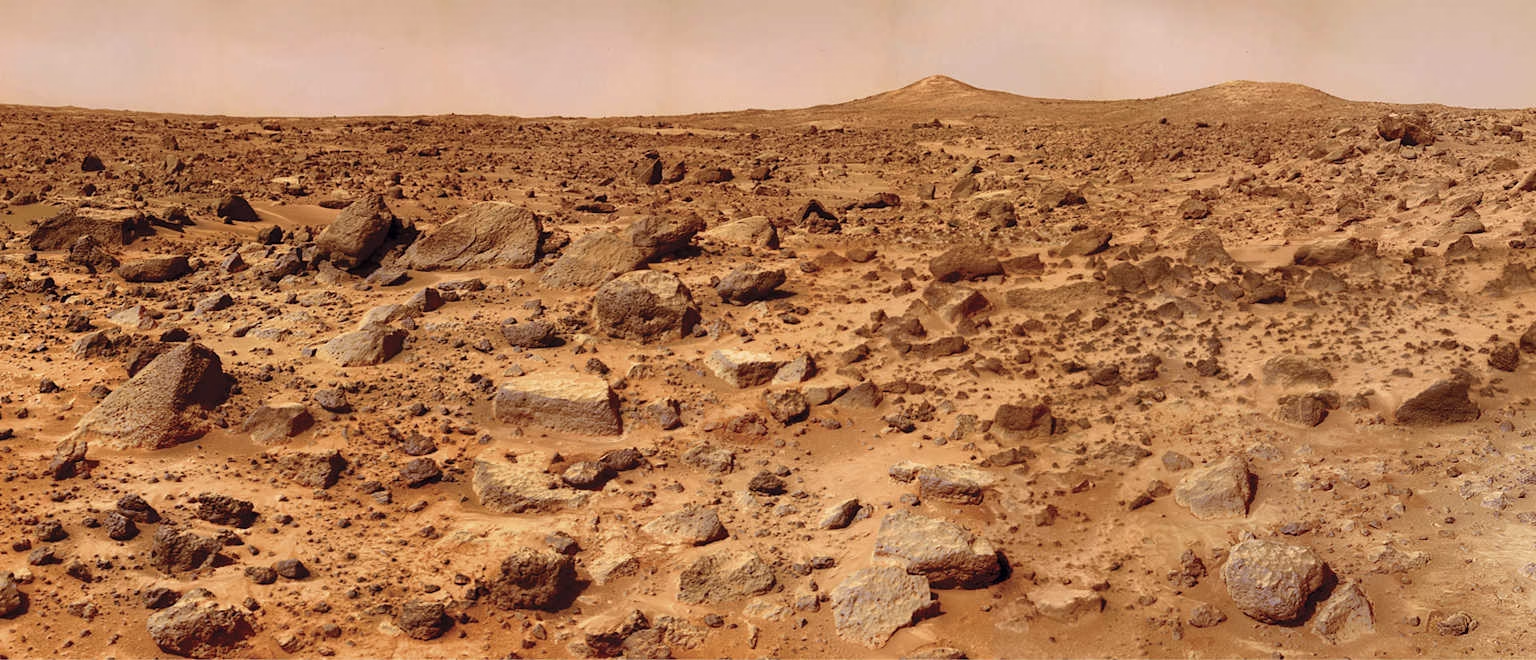A new study has uncovered that mounds and hills on Mars, rich in clay minerals, provide compelling evidence of prolonged water activity and possibly an ancient northern ocean on the Red Planet.
Key Findings
- Researchers have identified over 15,000 mounds and hills, measuring up to 1,640 feet (500 meters) in height, in the Chryse Planitia region of Mars. These formations contain layered clay deposits that were formed when flowing water interacted with rocks billions of years ago.
- The study focused on a region roughly the size of the UK, revealing these mounds are remnants of a once larger highland area eroded by water and wind.
- Clay deposits, a hallmark of prolonged liquid water presence, were found sandwiched between older and younger rock layers without clay, suggesting these layers belong to Mars’ Noachian era (4.2 to 3.7 billion years ago), a period when Mars was wetter and possibly habitable.
Mars’ Wet Past
Mars’ surface today is cold and dry, with a thin atmosphere that led to the evaporation of most of its ancient water. However, researchers have long theorized that the northern lowlands might have housed an ocean billions of years ago.
- In 2024, a reservoir of liquid water was discovered deep in Mars’ crust, and frozen water has been confirmed at its poles.
Methodology
Joe McNeil and his team at the Natural History Museum in London used data from multiple Mars missions, including:
- NASA’s Mars Reconnaissance Orbiter (high-resolution images and spectral data)
- ESA’s Mars Express
- ExoMars Trace Gas Orbiter
This analysis revealed that the mounds and mesas were formed by layered deposits of clay-rich minerals, which require sustained liquid water to develop.
Implications for Ancient Martian Oceans
The findings bolster the idea that Mars had significant bodies of water in its past, potentially including a northern ocean. However, the notion remains controversial due to limited direct evidence.
- “This research shows us that Mars’ climate was dramatically different in the distant past,” McNeil explained.
- He added, “The mounds preserve a near-complete history of water in this region, making them valuable for understanding Mars’ environmental evolution.”
Future Exploration
With evidence mounting for Mars’ wetter past, regions like Chryse Planitia could become prime targets for future exploration, shedding light on the Red Planet’s potential for ancient habitability.



